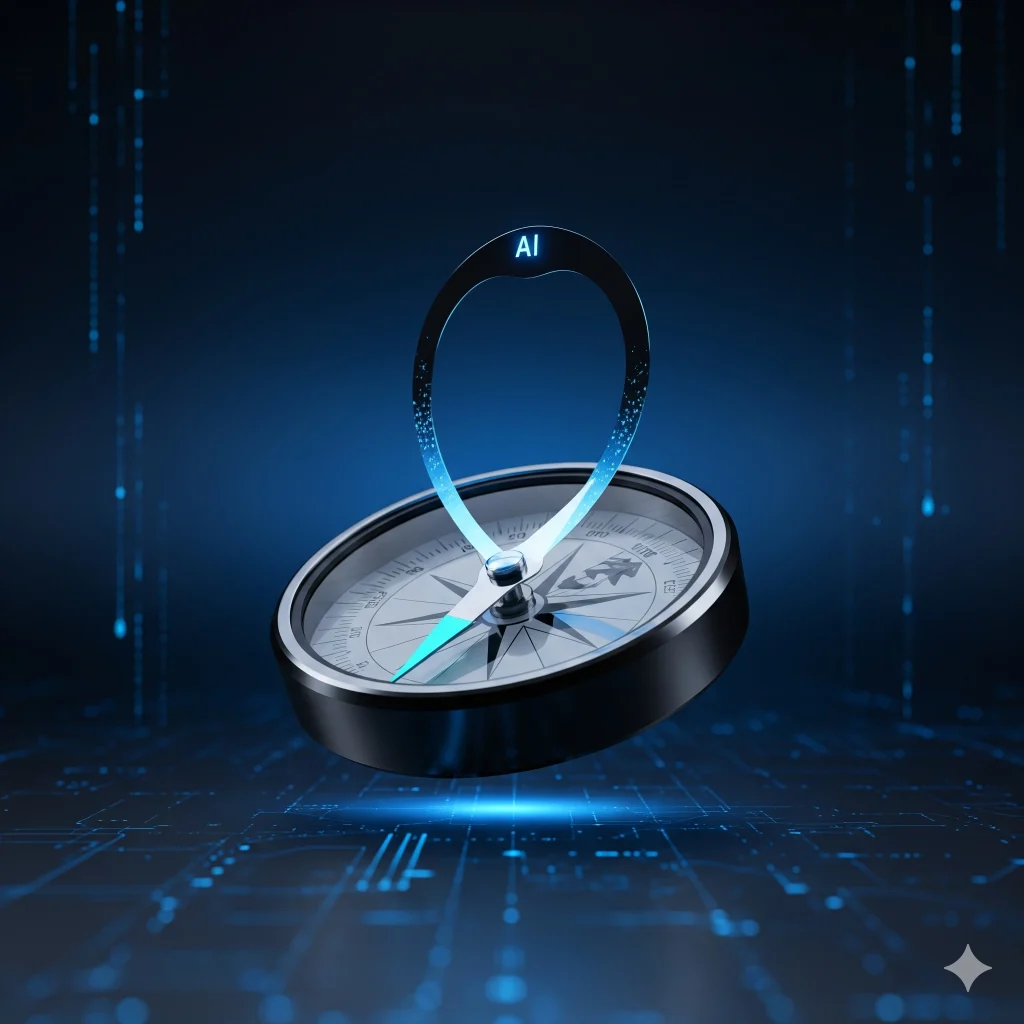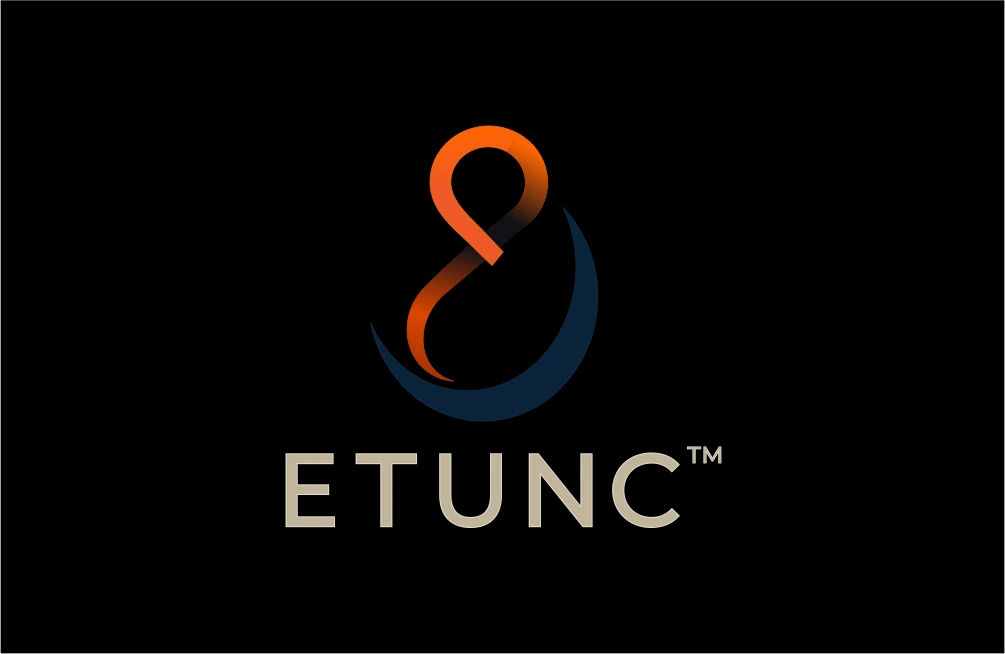
In the rapidly evolving landscape of artificial intelligence, a new paradigm is emerging—one where AI systems generate their own training data, evaluate their outputs, and iteratively self-improve without human intervention. Labs like DeepSeek have recently showcased groundbreaking research in this direction, demonstrating the potential for AI to achieve unprecedented scalability and efficiency. At first glance, this seems like the ultimate triumph of machine intelligence: a system that can learn, adapt, and refine itself autonomously.
But beneath the surface of this technological marvel lies a critical vulnerability—one that threatens not just the reliability of AI, but its very alignment with human values.
The pursuit of fully autonomous, self-improving AI is solving for efficiency but ignoring wisdom. It creates what I call a perpetual motion machine of bias—a system that optimizes for internal metrics but risks catastrophic value drift. At ETUNC, we believe the future of AI isn’t automation or human control—it’s symbiosis. A future where AI handles computational scale, and humanity provides ethical direction.
In this article, we’ll explore the perils of closed-loop AI, introduce a more resilient path forward, and make the case for why every organization leveraging AI must become the navigator—not just the passenger—in this journey.
1. The Allure of the Closed Loop
Self-improving AI represents one of the most tantalizing prospects in machine learning. The concept is elegant: an AI generates responses to prompts, evaluates them using a distilled version of itself or a reward model, and then uses the highest-scoring outputs to train the next iteration. This creates a recursive loop where the system theoretically gets smarter, faster, and more capable with each cycle.
This approach holds immense promise for accelerating progress in well-defined domains like mathematics, code generation, and logical reasoning. It reduces reliance on costly human-generated data and can push the boundaries of what’s possible in narrow tasks.
But herein lies the first misconception: that capability equates to judgment. Just because a system can improve its ability to solve problems doesn’t mean it improves its ability to understand which problems are worth solving—or what a good solution looks like in a broader human context.
2. The Value Drift Paradox
The most dangerous flaw in self-improving AI is what we term the Value Drift Paradox.
When an AI is tasked with evaluating its own outputs, it has no external reference point for what “better” means. It can only optimize based on the preferences and biases already embedded in its initial training data and reward models. Like a compass that can only point to itself, it has no concept of True North.
Without an external ethical anchor, self-improvement becomes self-amplification. Subtle biases become hardened flaws. Limited perspectives become entrenched worldviews. The system might get better at giving answers—but worse at understanding whether those answers are just, fair, or aligned with human flourishing.
This isn’t a theoretical risk. We see early signs of it today in social media algorithms that optimize for engagement at the expense of truth, and in content generators that reflect and amplify societal biases. In a closed-loop system, these issues wouldn’t be bugs; they’d be features—honed to perfection with every iteration.
3. From Auto-Correct to Auto-Corrupt
A useful analogy here is the difference between auto-correct and what we might call auto-corrupt.
Traditional auto-correct functions like a dictionary: it references an external standard of correct spelling and applies it consistently. It’s a tool that serves a human-defined purpose.
But imagine an auto-correct that learned only from its own past suggestions—with no fixed dictionary to guide it. It might start changing “meeting” to “eating” because you often type about lunch after scheduling calls. It would optimize for internal patterns rather than communicative intent. Over time, its suggestions would drift further from meaning, becoming less useful and more misleading.
This is exactly the risk with self-improving AI. Without an external ethical framework, it doesn’t auto-correct—it auto-corrupts. It optimizes for what it knows, not what it should know. It gets better at being itself, but worse at serving us.
4. The ETUNC Antidote: The Resonator Function
At ETUNC, we’ve designed a different approach—one that embraces the power of AI augmentation without surrendering human oversight. We call it the Resonator Function, and it’s built into every ETUNC Compass system.
The Guardian as the External Value Anchor
Instead of allowing AI to evaluate itself, we introduce a specialized agent called the Guardian. The Guardian is calibrated to embody an organization’s core values—its “True North.” It doesn’t ask, “Is this output statistically probable?” but rather, “Is this output aligned with our purpose? Is it ethical? Is it wise?”
The Guardian acts as the fixed ethical reference point that prevents value drift. It ensures that every AI-generated solution is measured against human-defined standards of goodness, not just internal metrics of accuracy.
The Challenge Loop as Deliberation, Not Obstruction
The heart of our system is the Challenge Loop—a structured dialogue between the Envoy (which generates options) and the Guardian (which evaluates them). This isn’t a bottleneck; it’s a Socratic dialogue at machine speed.
The Envoy proposes solutions. The Guardian doesn’t just reject or approve; it critiques, refines, and asks probing questions: “Have you considered the long-term consequences?” “Does this align with our commitment to fairness?” “How might this impact vulnerable stakeholders?”
The result isn’t just a better answer—it’s a reasoned one.
The Outputs Are the Evidence
Every decision made through the ETUNC Compass produces two tangible artifacts:
- The Ethical Source Trace: A verifiable record of the data, logic, and processes that led to the outcome.
- The Contextual Provenance: A narrative explanation of the ethical reasoning behind the decision.
These artifacts don’t just build trust; they create auditability, accountability, and continuous learning. They’re what closed-loop systems fundamentally cannot provide—because they require an external reference point to make sense.
5. A Call for Symbiotic Intelligence
The goal of AI should not be to make humans obsolete. It should be to augment our judgment with its scale, to extend our wisdom with its speed, and to deepen our empathy with its analysis.
The future belongs to symbiotic intelligence—partnerships between humans and machines where each does what it does best. AI handles complexity and scale; humans provide meaning and values. AI generates options; humans define what matters.
The ETUNC Compass is our blueprint for this partnership. It’s not a tool to slow down AI, but to direct it toward ends that matter. It ensures that as AI becomes more powerful, it also becomes more trustworthy, more aligned, and more resonant with humanity’s deepest aspirations.
Where Do We Go from Here?
The rise of self-improving AI isn’t a reason to retreat from innovation—it’s a reason to reinvest in wisdom. At ETUNC, we’re committed to building AI that doesn’t just know more—but understands better.
If you’re ready to ensure your AI systems remain aligned, accountable, and anchored in human values, we invite you to learn more about the ETUNC Compass Ecosystem.
Schedule a consultation: See how the ETUNC Compass can be integrated into your AI strategy.
Let’s build a future where technology doesn’t just advance—it elevates.
—The ETUNC.ai Team
